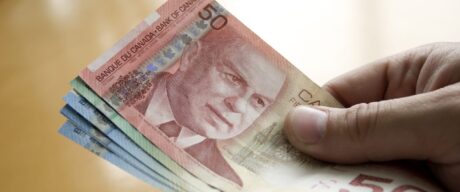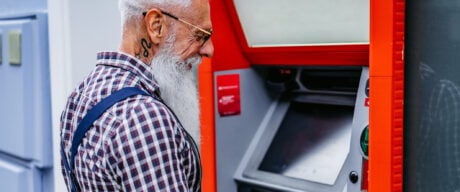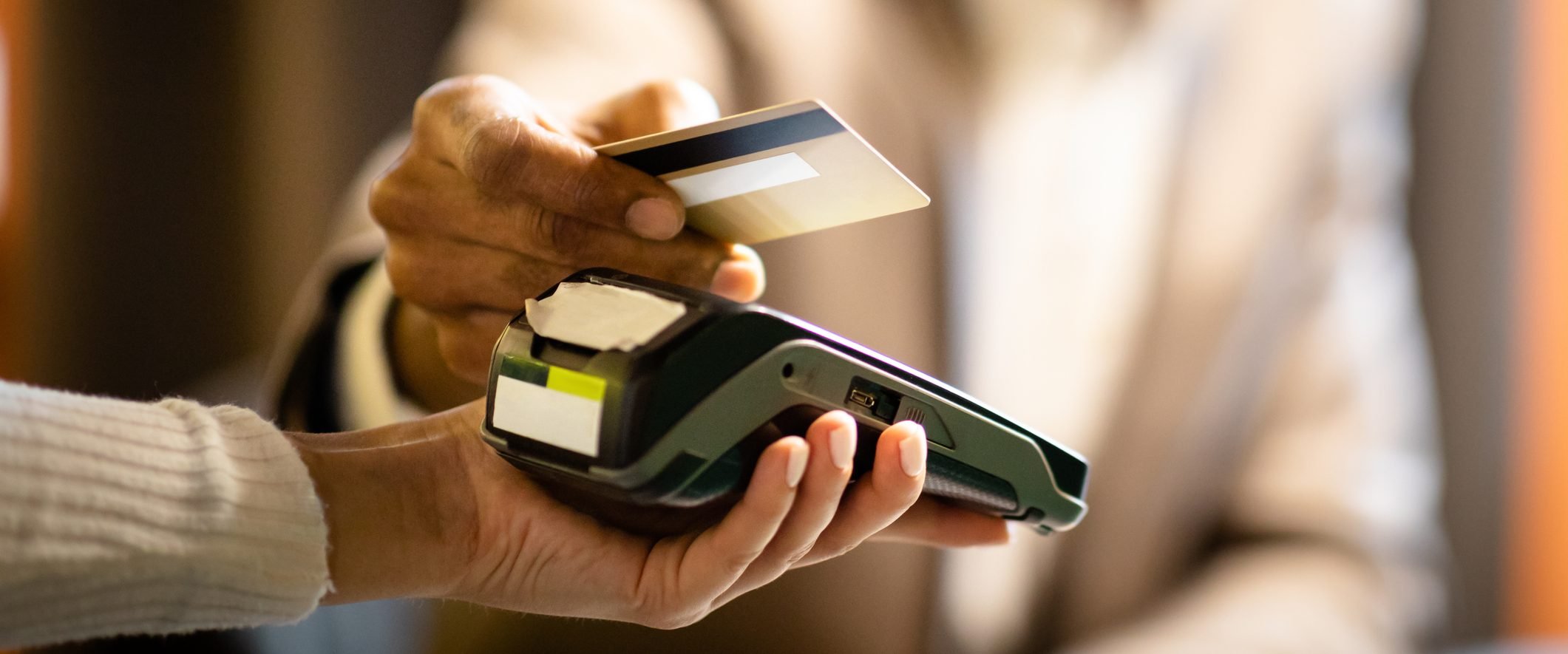A debit card is a payment card that works with your bank account. Unlike a credit card, which spends borrowed money, a debit card spends funds already deposited into your account.
You can use your debit card to manage the funds in your savings or chequing account, withdraw money from an automated teller machine (ATM), or pay for goods and services. You can even use a debit card as a form of ID when you need in-branch banking services.
Getting a debit card is easy — most banks and credit unions will issue one to you when you open an account. Knowing how to use your debit card effectively can help you manage your finances.
How to use a debit card
Debit cards are most commonly used to withdraw cash and to pay for goods and services.
- To get cash, insert your debit card into any ATM and enter your personal identification number (PIN). Choose the amount you’d like to withdraw and whether you want to withdraw it from your chequing or savings account.
- To make a purchase, insert your debit card into the terminal and enter your PIN to confirm your purchase. You might also be able to tap your card on the terminal to pay without inserting your card or entering your PIN.
Most debit cards in Canada are associated with either Visa or Mastercard. This feature is incredibly handy as it allows you to use your debit card wherever Visa or Mastercard is accepted, including online.
Debit card limits and fees
Many banks limit on how much money you can spend with your debit card in a single day. Once you reach that limit, you won’t be able to make any more purchases or withdraw additional funds until the next day. You can usually call your financial institution and ask for the limit to be increased or decreased.
🤓 Nerdy Tip: Your bank or credit union can reduce your withdrawal limit without notice, according to the fine print in some debit card agreements, so it’s a good idea to keep an eye on your account in case of any changes.
Debit fees can vary quite a bit depending on your bank and type of account. Your chequing account might include a certain number of transactions per month and charge a fee for any additional transactions.
For example, let’s say your account gives you 25 free transactions a month. If you exceed that limit, you might pay a $1 or $2 fee for each additional debit transaction. In most cases, this limit only applies to withdrawals, so you can make as many deposits as you’d like.
Some small business owners may charge you a convenience fee when you pay with debit. This typically only happens if you’re spending a small amount, such as less than $5.
When you use your own financial institution’s ATMs to take out cash using your debit card, you won’t be charged a user fee. However, if you use an ATM that belongs to another financial institution within Canada or the U.S., you can expect to pay a one-time fee of about $2 or $3. International withdrawals will cost you closer to $5 each time. Remember, this is just the fee from your bank — the owner of the ATM you’re using may charge you an additional fee.
Understanding your debit card PIN number
As soon as you get a debit card, you’ll be prompted to set up your personal identification number (PIN). Think of this as your personal security code, so don’t choose an obvious number like your birthday, phone number, or 1-2-3-4.
Make sure your PIN is always secure, as you may be responsible for unauthorized transactions if you don’t take steps to keep your PIN safe.
Tips to protect your PIN:
- Don’t keep your PIN in your wallet.
- Don’t write your PIN on your debit card.
- Always cover the keypad when entering your PIN.
- Don’t use your debit card at any terminal that appears to have been tampered with.
If you see any unauthorized purchases on your account, your debit card may have been compromised. Contact your financial institution’s fraud department immediately to open an investigation.
Using your debit card without a PIN
Although a PIN is often required to make purchases with a debit card, it’s not always necessary. Most debit cards also allow you to make contactless payments where you simply tap your card on the terminal to complete your transaction. Each tap transaction has a limit, such as $100; if your purchase costs more than that, you’ll need to use your PIN. You can also connect your debit card to your mobile wallet to make tap payments without a PIN.
Any online purchases you make with your debit card also won’t require your PIN. That said, for security reasons, some merchants may ask you to enter your debit card’s expiration date and CVV number.
Debit cards are practical tools for managing your money because you can only spend money that’s in your account. This is different from credit cards, where you can make purchases right away by borrowing money from the card issuer, even if you’re not sure when you’ll be able to pay it back. Using a debit card can help you stick to your budget and avoid getting into debt.
DIVE EVEN DEEPER

What is a Chequing Account? How Do I Use One?
A chequing account is a bank account for everyday expenses. You can have your paycheque deposited directly into it and use it to pay bills, make purchases and withdraw cash.

How to Get a Cash Advance with a Credit Card
A cash advance is a short-term cash loan — an expensive one — taken against the credit line on your credit card. It includes ATM withdrawals, balance transfers, lottery tickets and more.

What Is an Overdraft and How Does Overdraft Protection Work?
An overdraft drops your bank account balance below zero, and can result in fees and interest. Overdraft protection prevents a non-sufficient funds fee.

How to Make Free ATM Withdrawals in Canada
To make free ATM withdrawals in Canada, make sure you stay within your account’s transaction limit and use ATMs within your financial institution’s network.

